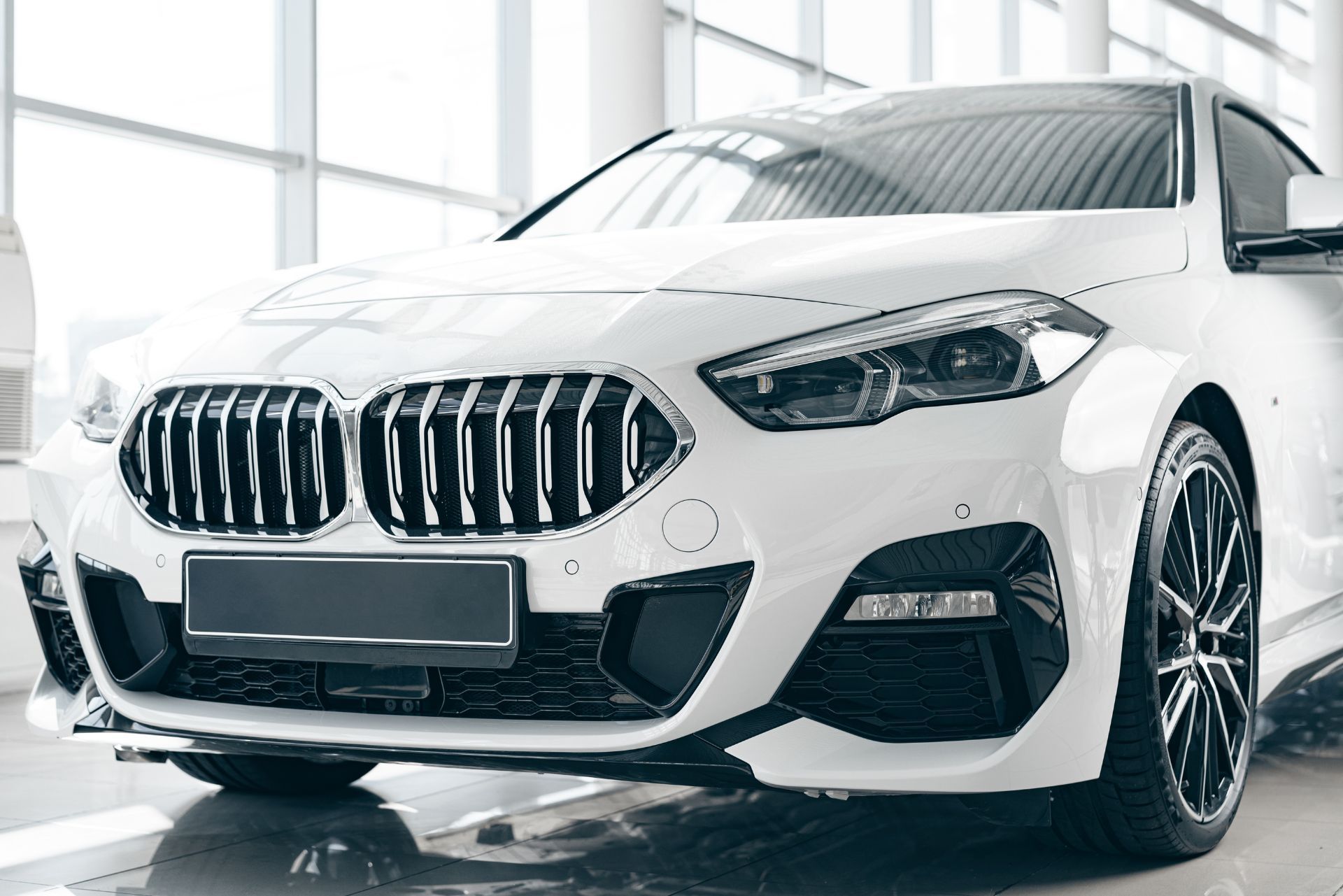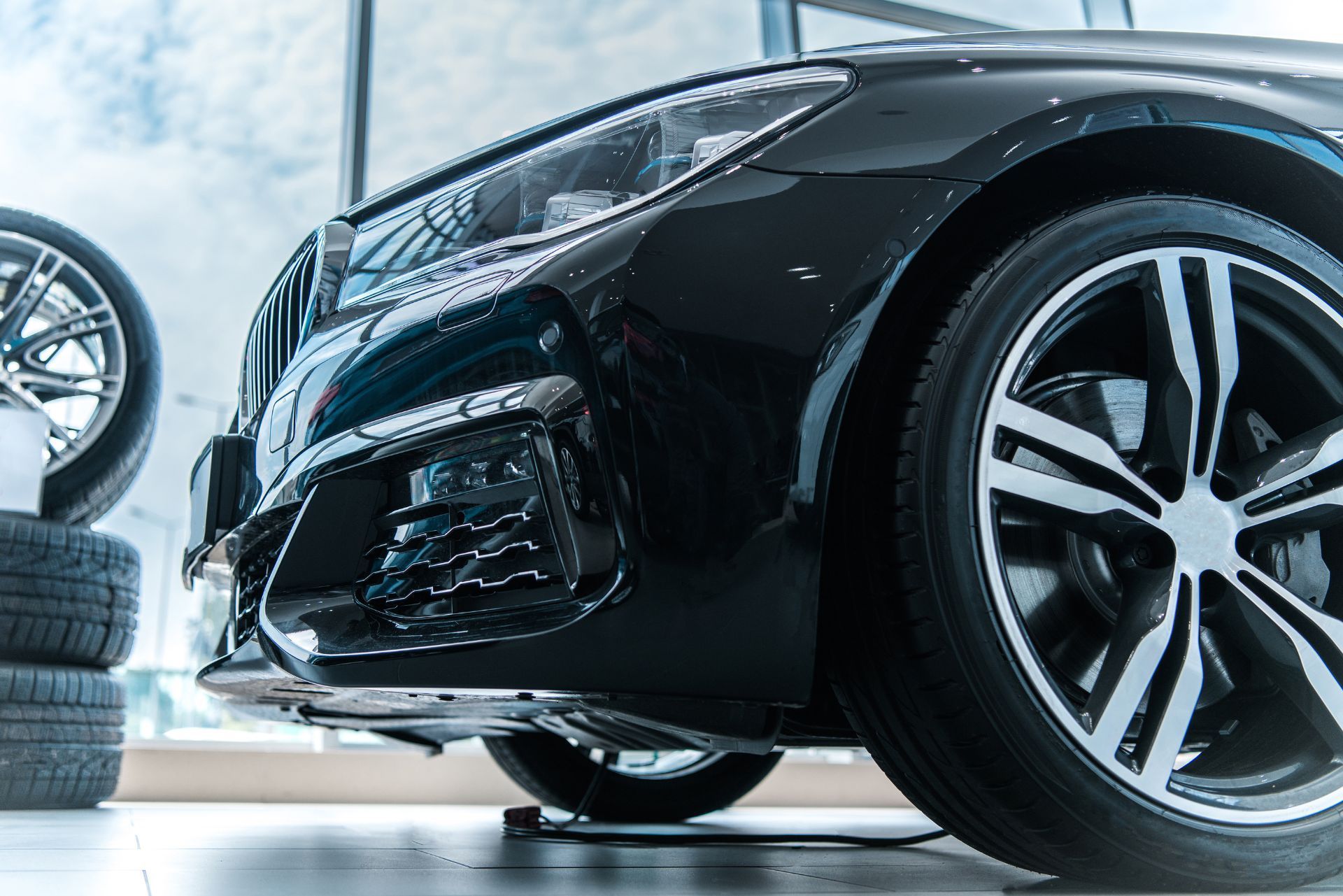Common Personal Insurance Policies
By: Matt Larsen
Owner of Capstone Insurance Group & Auto Insurance Advisor
763-242-1668
Index
How Minnesota’s BMW i7 Insurance Compares Nationally and Locally
Detailed Breakdown of BMW Model Insurance Premiums in Minnesota
Factors That Influence BMW i7 Insurance Costs in Minnesota
Comparing BMW i7 Insurance with Other Luxury Vehicles in Minnesota
Tips for Lowering Your BMW i7 Insurance Premium in Minnesota
Frequently Asked Questions About BMW i7 Insurance in Minnesota
Contact Us
Owning a BMW i7 in Minnesota means enjoying cutting-edge luxury with an electric edge. But before getting behind the wheel, understanding the insurance landscape is crucial. Insurance premiums can vary widely depending on the vehicle, location, and personal profile. For Minnesota drivers, the BMW i7 offers a surprisingly affordable insurance option compared to other luxury models, making it an attractive choice for those balancing performance and cost.
On average, the annual insurance premium for a BMW i7 in Minnesota is about $1,544, which is roughly 16.3% lower than the national average of $1,844. This price point reflects a combination of factors unique to the state and the vehicle’s profile. For those considering an electric luxury sedan, this gives the i7 a competitive edge in Minnesota’s insurance market. More detailed insights can be found at
QuoteInspector’s BMW i7 insurance rates.
How Minnesota’s BMW i7 Insurance Compares Nationally and Locally
Insurance costs for luxury vehicles often come with a hefty price tag, but the BMW i7 bucks this trend in Minnesota. The state’s average premium for this model sits at $1,544 annually, which is notably lower than the $1,844 national average. This difference can be attributed to Minnesota’s lower risk factors such as fewer accidents, less traffic congestion in many areas, and state-specific insurance regulations that help keep premiums down.
Looking beyond the i7, Minnesota’s insurance premiums for other BMW models tend to be higher. For example, the BMW 7 Series and 8 Series both average around $2,050 annually, while the BMW i3 and i8 hover between $2,000 and $2,160. These figures highlight how the i7 fits into the broader BMW lineup as one of the more affordable insurance options in the state. For a closer look at these comparisons, visit Insuranks’ BMW insurance cost overview.
Why Does the BMW i7 Cost Less to Insure?
The BMW i7’s insurance affordability in Minnesota is influenced by several factors. Its advanced safety features, including driver assistance technologies and crash avoidance systems, reduce the likelihood of accidents and claims. Additionally, electric vehicles often benefit from lower theft rates compared to some luxury gasoline models, which can help keep premiums in check.
Driver demographics also play a role. Younger drivers or those with less favorable driving histories may see higher rates, while experienced drivers with clean records typically enjoy better premiums. Location within Minnesota matters too—urban areas with higher traffic and accident rates may push premiums upward compared to rural or suburban settings. Furthermore, the state’s commitment to promoting electric vehicles through various incentives and rebates encourages a more favorable insurance environment for models like the i7. This not only makes it more appealing for consumers but also aligns with Minnesota's broader environmental goals, fostering a community that values sustainability.
Moreover, the i7 is equipped with cutting-edge technology that not only enhances the driving experience but also contributes to its lower insurance costs. Features such as adaptive cruise control, lane-keeping assistance, and automated emergency braking not only improve safety but can also lead to discounts from insurers who recognize the reduced risk of accidents. As more drivers opt for vehicles with such advanced safety features, we may see a shift in insurance pricing models that favor these innovations, potentially making the i7 an even more attractive option for buyers in Minnesota and beyond.

Detailed Breakdown of BMW Model Insurance Premiums in Minnesota
Understanding how the BMW i7 stacks up against other models in Minnesota requires a closer look at annual premium variations by model year and series. This helps potential buyers anticipate insurance costs more accurately.
These numbers reveal that newer BMW 7 and 8 Series models often carry higher premiums, sometimes exceeding $3,000 annually. The i3, while older and smaller, still has premiums averaging above $1,700, depending on the model year. This contrast highlights the BMW i7’s competitive insurance position in Minnesota.
For those interested in more detailed year-by-year premium data, Insuranceopedia provides an in-depth breakdown of BMW insurance costs by model and year.
In addition to model year and series, various factors can influence insurance premiums for BMW vehicles in Minnesota. These include the vehicle’s safety ratings, repair costs, and even the likelihood of theft. For instance, the BMW 7 Series, known for its luxurious features and advanced technology, may have higher repair costs, which can drive up insurance premiums. Conversely, the i3, being an electric vehicle, benefits from certain discounts and incentives that can lower its insurance costs, making it an appealing option for eco-conscious drivers.
Moreover, Minnesota's unique driving conditions, including
harsh winters and varying road types, can also play a significant role in determining insurance rates. Insurers often assess the risk associated with driving in such conditions, which can lead to fluctuations in premiums. Therefore, prospective BMW owners should consider not only the model and year but also their personal driving habits and the specific risks associated with their location when estimating insurance costs.
Factors That Influence BMW i7 Insurance Costs in Minnesota
Insurance premiums are never one-size-fits-all. For the BMW i7, several key factors come into play when determining your specific insurance cost in Minnesota.
Driver Profile
Age, driving history, and credit score all influence premiums. Younger drivers usually face higher rates due to less experience. A clean driving record can significantly lower costs, while past accidents or violations will push premiums up. Additionally, factors such as marital status and occupation can also play a role; married drivers often receive discounts, while certain professions may be associated with lower risk and thus lower premiums.
Location Within Minnesota
Urban areas tend to have higher premiums because of increased accident and theft risks. If you live in Minneapolis or St. Paul, expect to pay more than in rural parts of the state. Weather patterns, such as harsh winters, also affect claims frequency and insurance costs. For instance, Minnesota's notorious winter conditions can lead to increased incidents of accidents due to icy roads, which insurers take into account when calculating premiums. Furthermore, areas with higher crime rates may see a spike in theft-related claims, prompting insurers to raise rates accordingly.
Coverage Options and Deductibles
The level of coverage you choose—liability only, full coverage, or additional protections like uninsured motorist coverage—will impact your premium. Higher deductibles generally lower premiums but increase out-of-pocket costs after a claim. It's essential to weigh the benefits of comprehensive coverage against the potential savings of opting for a higher deductible, especially for a luxury vehicle like the BMW i7, which may have higher repair costs. Additionally, bundling your auto insurance with other policies, such as home insurance, can lead to significant discounts.
Vehicle Usage
How often and for what purposes you drive the BMW i7 matters. Commuting long distances or using the vehicle for business can increase premiums, while limited or recreational use may reduce them. Moreover, the type of mileage you accumulate can also influence your rates; for instance, if you frequently drive in high-traffic areas, your risk of accidents may be perceived as greater, leading to higher premiums. Conversely, if your driving habits are primarily leisurely, you might qualify for lower rates.
Understanding these factors helps tailor your insurance policy to your needs and budget. More insights on these variables can be found at
QuoteInspector’s BMW i7 insurance guide. Additionally, staying informed about potential discounts and incentives offered by various insurers can further assist in managing your insurance costs. Many companies provide discounts for features like advanced safety technology or for completing defensive driving courses, which can be particularly beneficial for BMW i7 owners looking to optimize their premiums.

Comparing BMW i7 Insurance with Other Luxury Vehicles in Minnesota
When shopping for a luxury car, insurance cost is a major consideration. The BMW i7 stands out as a relatively affordable option within Minnesota’s luxury segment.
For example, the Maserati Quattroporte carries an average annual insurance premium of $8,849 in Minnesota, making it one of the most expensive vehicles to insure in the state. This stark difference highlights the i7’s value proposition for luxury buyers who want advanced technology without sky-high insurance bills. More details on luxury vehicle insurance costs in Minnesota are available at Insure.com’s Minnesota insurance cost report.
Even within the BMW family, the i7’s insurance costs are notably lower than many of its peers. This can be attributed to its electric powertrain and safety technology, which insurers view as risk-reducing factors. The i7 is equipped with an array of advanced driver assistance systems, such as adaptive cruise control, lane-keeping assist, and automatic emergency braking, which not only enhance safety but also contribute to lower premiums. Additionally, the i7's robust construction and high safety ratings further bolster its appeal to insurance providers.
What This Means for Minnesota Drivers
Choosing the BMW i7 can mean significant savings on insurance compared to other luxury vehicles. For drivers who prioritize both performance and cost-efficiency, the i7 offers a compelling balance. It’s a smart pick for those who want to enjoy premium features without the premium insurance price. Furthermore, as electric vehicles continue to gain popularity, many insurance companies are offering incentives for eco-friendly cars, which may further reduce costs for i7 owners. This trend not only reflects a growing awareness of environmental issues but also underscores the financial benefits of opting for a luxury electric vehicle in today's market.
Moreover, the BMW i7 is designed with the latest in automotive technology, including over-the-air updates that keep the vehicle's software current, enhancing both performance and safety. This means that as new safety features and improvements become available, i7 owners can benefit without needing to visit a dealership. Such innovations not only contribute to a more enjoyable driving experience but also help maintain the vehicle's value over time, which can positively influence insurance rates. In a state like Minnesota, where winter driving can be challenging, the i7’s all-wheel drive and advanced traction control systems provide added peace of mind, making it an appealing choice for luxury car buyers who face diverse driving conditions throughout the year.
Tips for Lowering Your BMW i7 Insurance Premium in Minnesota
Even with relatively affordable base premiums, there are ways to reduce your BMW i7 insurance costs further.
- Maintain a Clean Driving Record: Avoid accidents and traffic violations to keep your rates low.
- Shop Around: Compare quotes from multiple insurers to find the best deal tailored to your profile.
- Increase Deductibles: Opt for higher deductibles if you can afford the out-of-pocket expense in case of a claim.
- Bundle Policies: Combine your auto insurance with home or renters insurance for multi-policy discounts.
- Use Safety Features: Leverage the i7’s advanced safety systems to qualify for discounts.
- Limit Mileage: Reducing annual miles driven can lower your premium.
These strategies help make owning a BMW i7 in Minnesota even more affordable without sacrificing coverage quality.
Frequently Asked Questions About BMW i7 Insurance in Minnesota
Q: How does the BMW i7’s insurance cost compare to other electric vehicles in Minnesota?
A: The i7’s insurance premium is competitive and often lower than many other luxury electric vehicles due to its safety features and lower theft rates.
Q: Will my insurance premium change if I add more coverage?
A: Yes. Adding comprehensive or collision coverage or lowering your deductible typically increases your premium.
Q: Does Minnesota offer any discounts for electric vehicle owners?
A: Some insurers provide discounts for electric vehicles, recognizing their environmental benefits and safety features. Check with your provider.
Q: Are newer BMW i7 models more expensive to insure?
A: Generally, newer models can have higher premiums due to repair costs and replacement parts, but safety tech can offset some of this increase.
Q: How can I find the best insurance rates for my BMW i7 in Minnesota?
A: Compare quotes from multiple insurers, maintain a clean driving record, and consider bundling policies to get the best rates.
What to Remember When Insuring Your BMW i7 in Minnesota
The BMW i7 offers a unique blend of luxury, technology, and affordability in insurance premiums. Minnesota drivers benefit from rates that are significantly lower than the national average and competitive within the luxury segment. Understanding the factors that influence premiums, from driver profile to coverage choices, empowers buyers to make informed decisions.
By comparing the i7’s insurance costs with other BMW models and luxury vehicles, it becomes clear that this electric sedan stands out as a smart choice for those seeking premium performance without breaking the bank on insurance. Taking proactive steps like shopping around and leveraging discounts can further optimize your insurance spend.
For more detailed information on BMW i7 insurance rates and comparisons, explore resources like QuoteInspector and Insuranks.






